What do you say when you need to search something online? “I’ll Google it.” When you need to call a ride? “Uber a ride.” And when you want to send money through mobile? “I’ll paypal it.”
The three examples given above show how the above mentioned brands have become an important part of our vocabulary. And when we think of the industry, we readily think of these brands first. Other brands come a far second or not at all. Will you ever say “I’ll Bing it.”?
These are examples of brand positioning- making your brand occupy a distinct position in the minds of consumers. It helps set the overall marketing strategy for any business and helps achieve success.
But brand positioning is not easy. You need to undergo searching yourself, your competitors, your differentiating factor, and finally finding and realizing the factor. All these steps require some work. This blog will show you how brand positioning is done.
What’s Brand positioning?
According to Philip Kotler, the father of Modern Marketing, “Positioning is the act of designing a company’s offering and image to occupy a distinctive place in the minds of the target market.” In short, brand positioning is about influencing consumers to have a certain preferable image of the brand.
Positioning is considered the most important part of branding. It sets the overall marketing strategy for any company- from SEO, advertising, to channel selection and communications. Done right, consumers have a favorable impression of your brand that can last for a long time.
Consider Apple. People associate their iPhones, Macbooks, and other products with quality, innovation, and design. And some people will not mind camping outside Apple Stores or spend extravagant amounts of money just for the new iPhone. This is the power of brand positioning!
Positioning Statements versus Taglines
Does the aforementioned definition of brand positioning make you think that positioning statements and brand taglines are the same thing? The answer is- No. The positioning statement and tagline are two different but related concepts. In fact, the positioning statement helps create the tagline.
A positioning statement is a company’s expression of its purpose. It serves to direct the overall business strategy of the company from marketing to HR. It explains to your employees why your business is existing in the first place (other than earning money). Also, it is a few sentence long statement that tells what is your company selling, to whom, and why your company is different.
On the other hand, a tagline is a company’s marketing tool to explain its purpose to the market. It may be a catchphrase or a one-liner. Think about “I’m Lovin It” of McDonald’s or “Just Do It” of Nike. These are examples of taglines.
As the definition suggests, the tagline is an extension of the positioning statement. It phrases the positioning statement in a way customers will pay attention to. It can only be created by marketers after they know what the brand’s positioning statement is!
Check the following examples of these global brands to further understand the difference between positioning statement and tagline.
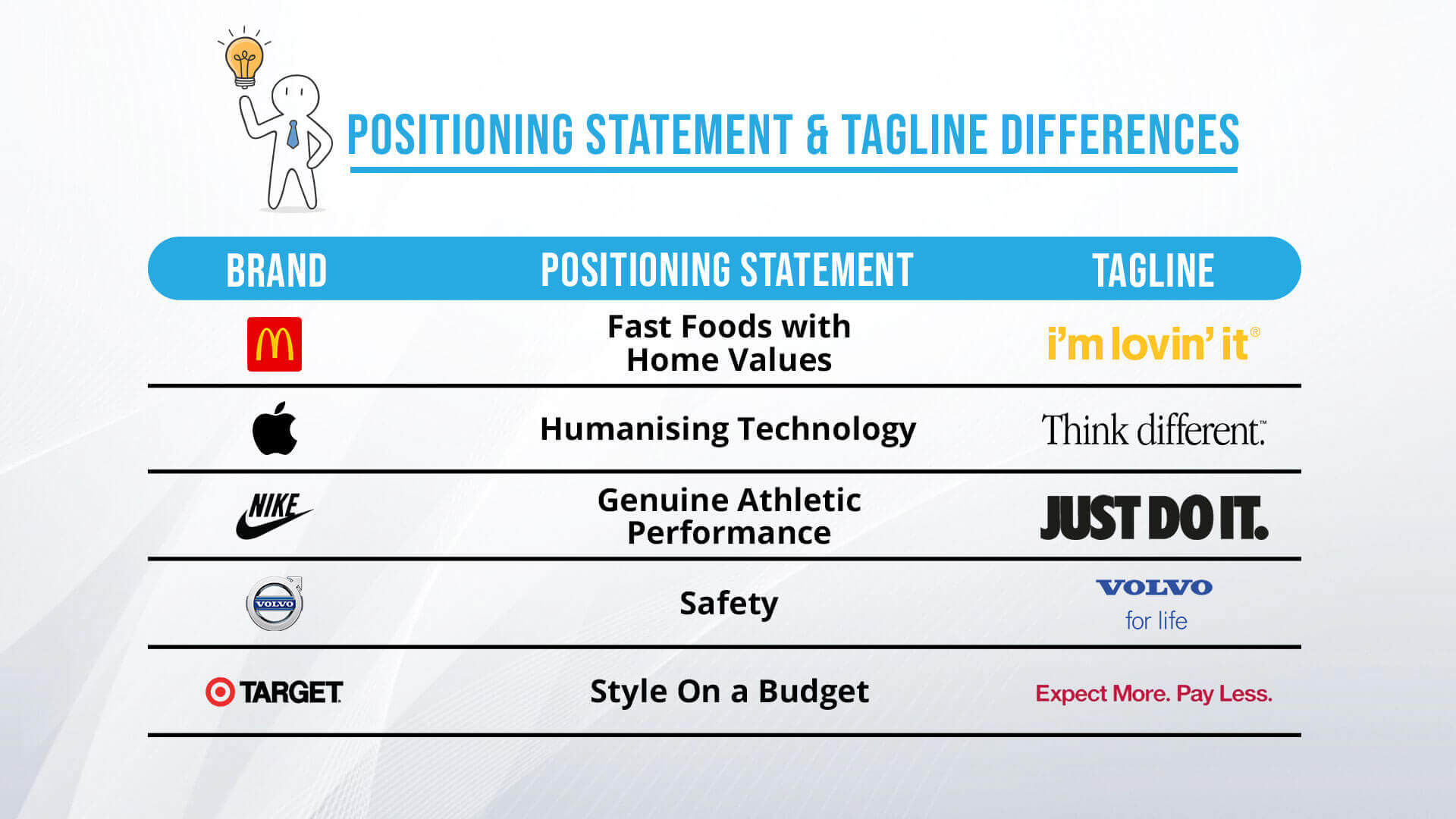
Importance of Brand Positioning
As we mentioned earlier, brand positioning sets your overall marketing strategy. It creates a favorable impression of your brand in the minds of your customers. And it creates a favorable impression in the following way:
1) Market differentiation
Your product might just be another fish in the ocean. But if you can position yourself right, you can be the only fish in a new ocean! Think about the possibilities there. Only you get the attention. And brand positioning helps you carve out a new ocean with you as the only fish.
Brand positioning helps your target market think about you differently. Consider Walmart and Target. Although both compete on low prices, Target positions itself as a value for money store and thus promotes itself as, “Expect More. Pay Less.” This is how Target has differentiated itself and has been able to garner a huge part of the market.
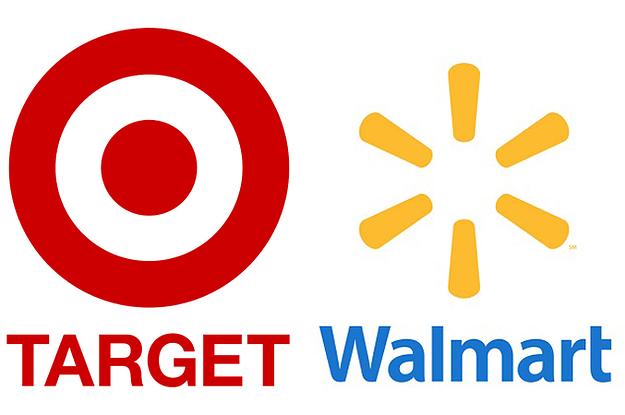
2) Justifies the pricing strategy
How can hotels like the Burj Al Arab of Dubai charge such exorbitant prices? And how can motels charge lower prices? This is because the former’s positioning allows it to.
When brands successfully position themselves in the way they desire, they can create a pricing strategy that customers think is justified. Look at Apple. Its premium prices are acceptable by its fans. Although other people might complain, Apple’s fans will be ready to do anything to get their hands on the next iPhone.

3) Competitive advantage
The way your customers see you will help you set apart. Brand positioning helps set the way your customers see. And if they can see you as different, you will be apart from your competitors. In this way, brand positioning helps set a competitive advantage.
Think about UNIQLO, the famous Japanese clothing brand. It’s positioning as an inclusive and innovative brand helps set it apart from other fashion brands that focus more on exclusivity and trends. This competitive advantage has helped it achieve growth that very few in the fashion world can dream of achieving.
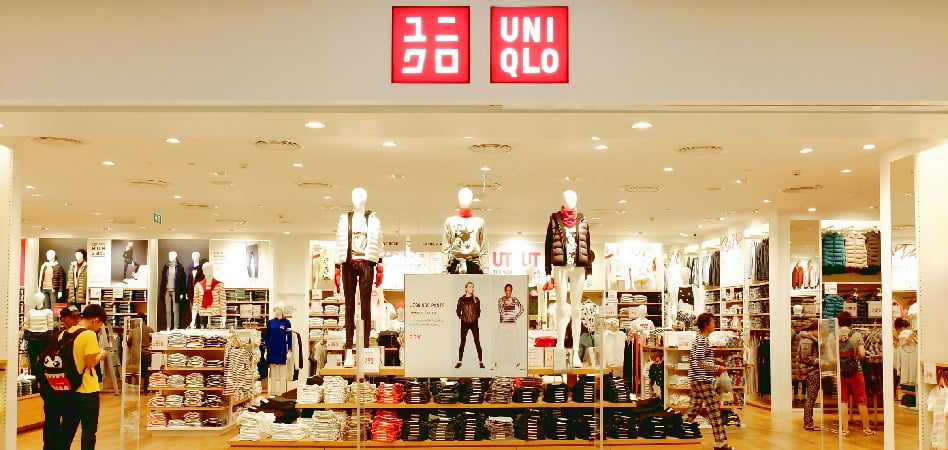
4) Makes the brand more creative
Finding a unique positioning for your brand is not so simple. But as you find something unique about your brand, you also need to be unique in communicating it with others. This helps your brand become more creative.
Credit card providers Visa and American Express, for example, fought on universality and exclusivity respectively. Having the need to find something different, MasterCard unveiled its “Priceless” campaign where it focused on the emotional appeals customers get when buying things with a MasterCard credit card. The campaign, launched in 1997, has developed creative ads all across the world since.
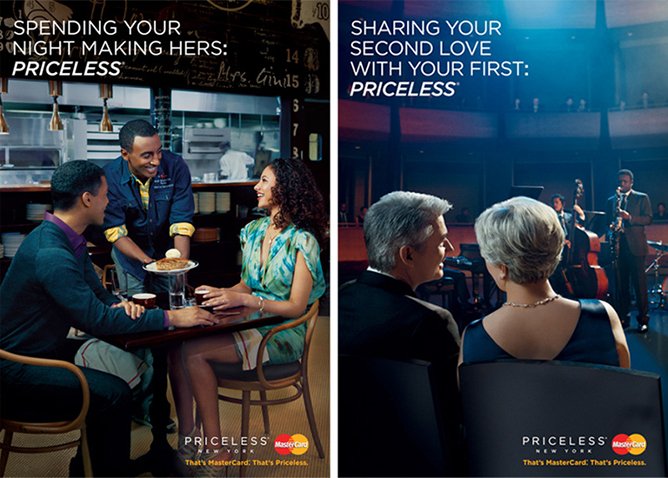
How to Create a Brand Positioning Statement
In his famous book, “Crossing the Chasm,” famous consultant Geoffrey Moore provides this simple formula to create a positioning statement:
For (target customer) who (statement of the need or opportunity), the (product name) is a (product category) that (statement of key benefit; also called a compelling reason to believe). Unlike (primary competitive alternative), our product (statement of primary differentiation).
Let’s break it down for easy understanding:
- Target Customer: A short description of the demographic and behavioral profile of your target market. For example, Snapchat’s positioning statement might include Internet-savvy millennials and Gen-Z.
- Statement of the need or opportunity: What is the unmet need of the market? Starbucks can, for example, state the need for people to hang out with friends and coworkers after work and before returning home.
- Product name and category: The name of your product and the category it belongs to.
- Statement of key benefit: What is the benefit brought by your product that is simply irresistible? Tata Nano’s key benefit is an inexpensive four-wheeler affordable by the Indian middle class.
- Primary competitive alternative: Who is your primary competitor? It can be a competitor in the same industry or a substitute industry that can meet your target market’s needs. Amazon’s primary alternative is the traditional brick-and-mortar stores like Walmart.
- Statement of Primary Differentiation: What makes you different from your primary competitor? LinkedIn’s primary differentiation may be meant for professional networking rather than casual ones that other social media networks provide.
Following Moore’s formula, Amazon formulated the following positioning statement back in the early 2000s when it was just an online bookstore:
For World Wide Web users who enjoy books, Amazon.com is a retail bookseller that provides instant access to over 1.1 million books. Unlike traditional book retailers, Amazon.com provides a combination of extraordinary convenience, low prices, and comprehensive selection.

Steps to create a Brand Position Strategy
To create a brand positioning strategy, you need to understand your brand on a deeper level and find out what makes your brand different from others. The following six steps will help you dive deep into your brand and discover what makes it unique:
1) Identify your current standing
As Socrates famously said, “Know thyself.” So to find out why your brand is unique, you need to first know about it. Only by knowing your brand can you analyze your competition in the next steps.
Begin to know your brand by identifying your target customers at first. Define your target group and determine what makes them different from the broader market.
Next, identify your mission, vision, and core values. A mission is a statement of the brand’s purpose. A vision is what it wants to achieve in the distant future (say 5 to 10 years). Finally, core values are the principles and beliefs guiding the company.
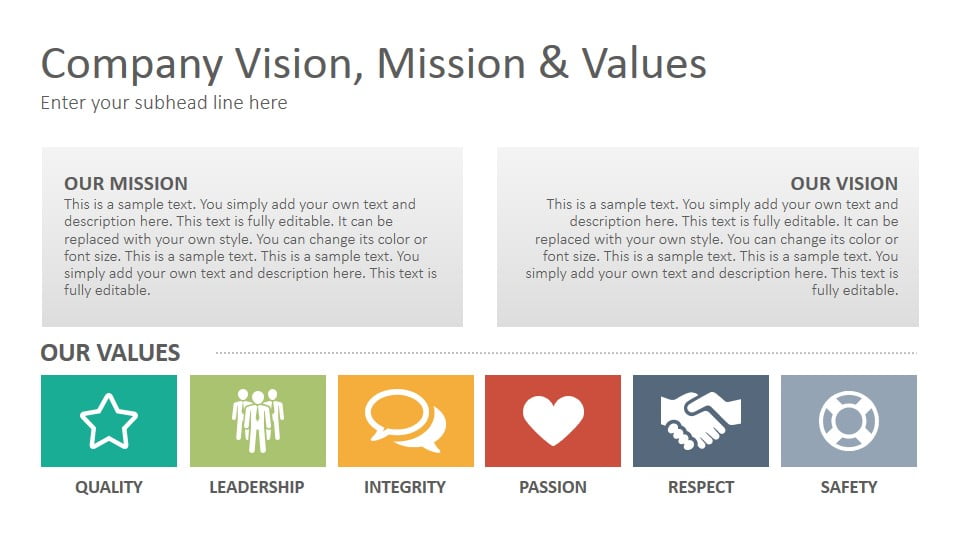
Finally, know and understand your value proposition, brand persona, and brand voice. These are all the ways your brand presents itself in front of its customers.
Once you know your brand, you can take on others.
2) Identify direct competition
To find out how you are unique, you need to find out against whom you are unique. Therefore, you need to identify your direct competitors.
You might have already identified your competitors when you developed your business strategy. If you have not identified them yet, try out the following methods:
- Give a search using the keyword you are targeting for and see the companies that are being listed
- Ask customers directly what brands do they consider (apart from yours) before buying your products
- Use social media tools like Facebook and Quora. Third-party social media management tools like Sprout Social can also help you find your competitors.
3) Understand the standing of the competitor brands
You are getting close to find out how you are unique. You have already identified your competitors. Now, you need to analyze them in order to understand their positioning and how you differ.
A simple competitor analysis will tell you the following about your competitors:
- Their offerings
- Their strengths and weaknesses
- Current market standings
- Successful and unsuccessful strategies adopted
Use matrices in order to identify the above-mentioned characteristics of your competitors. SWOT Matrix, Positioning Maps, and Value Proposition Matrix- all can help you analyze your competitors.
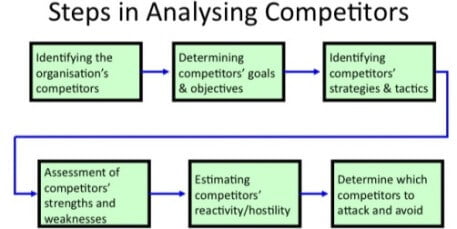
4) Identify the uniqueness of the company
In this step, you will finally find out why you are unique. After analyzing your competitors in the previous step, you might have discovered some of their strengths and weaknesses. You might have discovered some unmet gaps.
One’s weakness can be your strength- this can be your uniqueness. Additionally, the unmet gaps you discovered can be filled by your brand. This can be another source of your uniqueness.
Finding your uniqueness is the starting point of your brand positioning. Go deeper into your uniqueness in order to find out how you can position your brand in the minds of your customers.
5) Develop the unique selling proposition
You might have found a lot of differentiating factors that set your brand apart from others. But not all differentiating factors are worth following. For example, if a brand positions itself as a brand of high-quality products, adding low pricing as a unique factor can drive people away from the brand.
Therefore, select one or more than one but related differentiating features that will help your brand positioning. The differentiating factors you have chosen becomes your Unique Selling Proposition or USP.
Your USP will help you communicate your uniqueness to your customers and help in positioning your brand in their minds.
6) Formulate the messaging statements
Once you have decided on your USP, take steps to communicate the desired position to your customers. Short, catchy taglines can help your brand be positioned in the minds of your target market.
The effective use of the four Marketing P’s (Price, Place, Product, and Promotion) also communicates the brand’s USP. So a USP on being a luxurious brand should be expensively priced, sold at retail stores in high-end fashion districts, have a product associated with luxury (ie. expensive or rare materials), and promote itself accordingly.
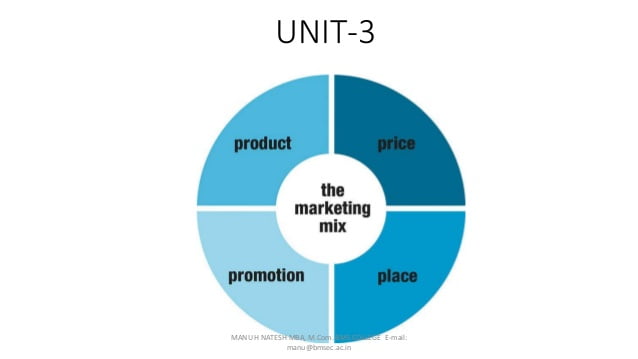
While it is important to communicate your message, you also need to walk the talk. You must deliver what you communicate. If your positioning, for example, is based on high quality, you must deliver high quality. Anything other than that will not convince your customers of your positioning.
Depositioning other brands by doing Advance Positioning
Through positioning you want to achieve a unique position in the minds of consumers. And by finding the differentiating factor(s), you can achieve that. At times, a powerful positioning strategy is to make your customers NOT THINK about competing brands at all! This strategy, known as, Depositioning, can help your brand be differentiated by being the only player in the market (as thought by the consumers).
But there might already be thousands of competitors out there in the market. How do you deposition others by positioning yourself? Saying yourself as “Better than others” is not effective as there might be another brand who can say the same thing (and actually do better than you) tomorrow.
Rather than saying you are “Better than others,” you can create dissatisfaction in the minds of your customers about the current competition. Create dissatisfaction on their minds so that they think that your competitors are not doing well enough.
Creating dissatisfaction was what Apple did back in the 1970s with its positioning of the Macintosh computers. During those days, the personal computer market was dominated by the IBM 5150 (also known as the “IBM PC”). Although Apple’s Macintosh PCs were far more superior in features than the 5150, Apple didn’t position the Macintosh as a better PC. Instead, it positioned the PCs as “Portable”- something the IBM PCs were not as they were huge in size.
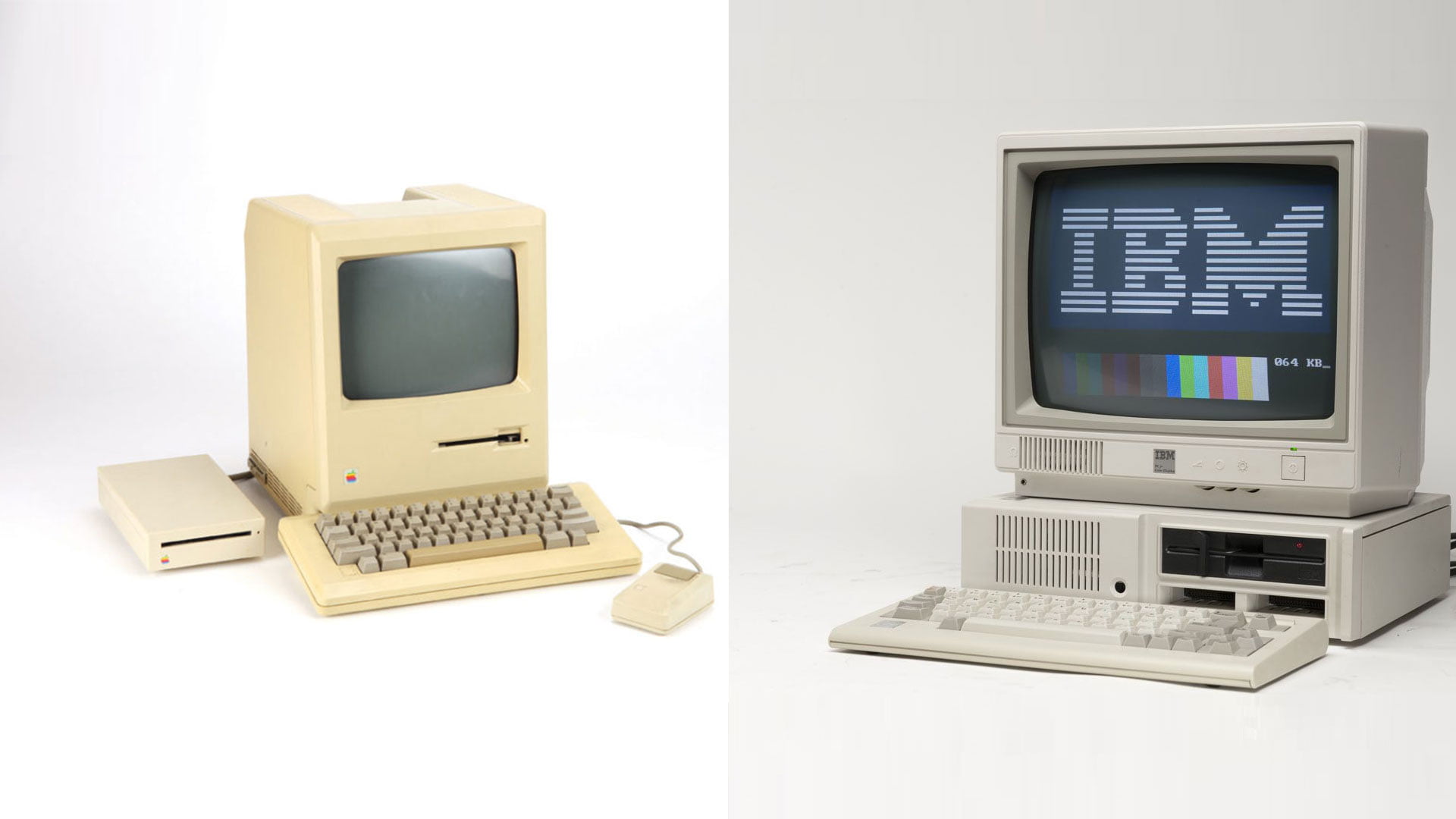
By positioning its product as the “Portable PC,” Apple created a completely different market. It also created dissatisfaction among the IBM customers. They own a PC that cannot be carried back to home on the weekends. This depositioning of IBM helped Apple position itself in the market.
Example of Some Brand Positioning
Brands that have been successful are the ones that were able to position itself favorably in the minds of its customers. Here are two examples of brands that have been successful in brand positioning.
Example 1: Uber vs Lyft
You know both of these companies as ride sharing apps. And in the category they are in, you might think Lyft is just another Uber. Well, you are wrong.
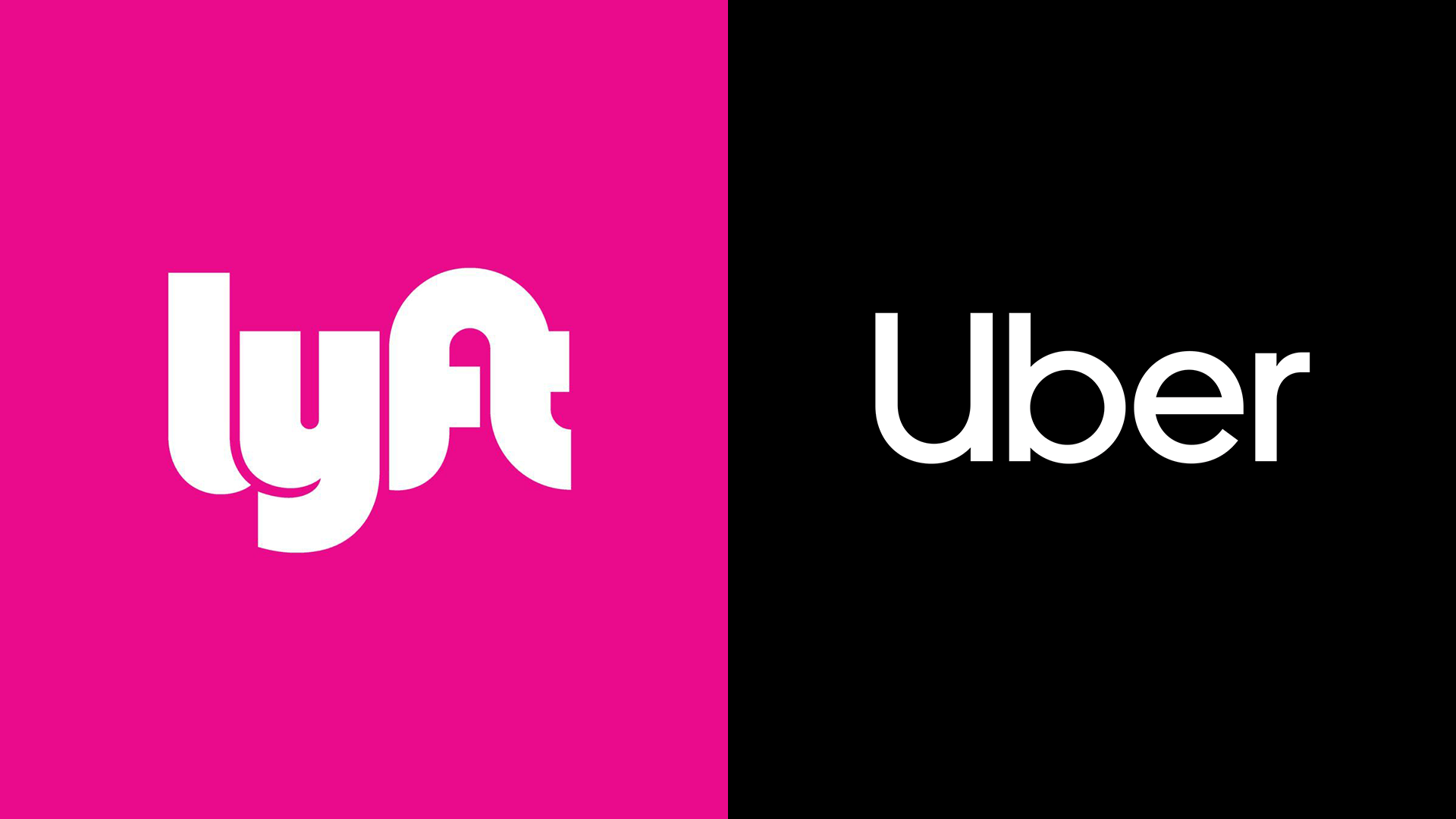
Lyft and Uber have positioned themselves differently. Uber positions itself as an exclusive and luxurious ride sharing platform. On the other hand, Lyft positions itself as a fun and friendly service. The different positioning helped both of them win their market and succeed.
Example 2: Nike
Nike positions itself as an empowering brand proven by its tagline (Just Do It), namesake (from the Greek Goddess of Victory), and logo (the famous swoosh).
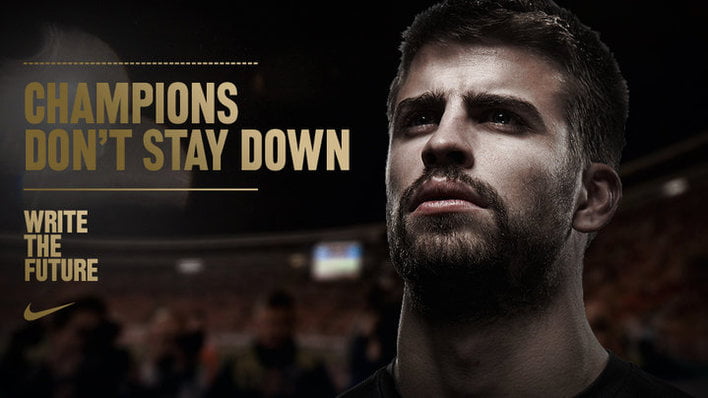
Beyond their tagline, naming, and logo; Nike also delivers what it positions itself as. Its products are designed to help athletes and sportsmen achieve their best. Their promotions do not show happy or smiling athletes or models, but rather them doing physical activities.
Personal brand positioning
If you are a freelancer or an independent consultant, you need to position yourself as well. Position your personal brand in such a way that when people think about your job, they think about you. If you work as a graphic designer, for example, then position your brand so that when any business thinks about top notch graphic designing, they think about you.
This is what, I, Najm, have been doing. I position myself as the “Digital Marketing Consultant.” (not bragging though). Whereas most competitors position themselves as the “Digital Marketing Consulting Agency,” I position myself as a human being, thus giving a personal touch.
Conclusion
As you have seen, brand positioning helps your brand make it or break it in the market. So to be successful, develop a positioning strategy that will make your customer think favorably about you and make your brand occupy a dominant position in their mind.






